Community articles — University
Recent
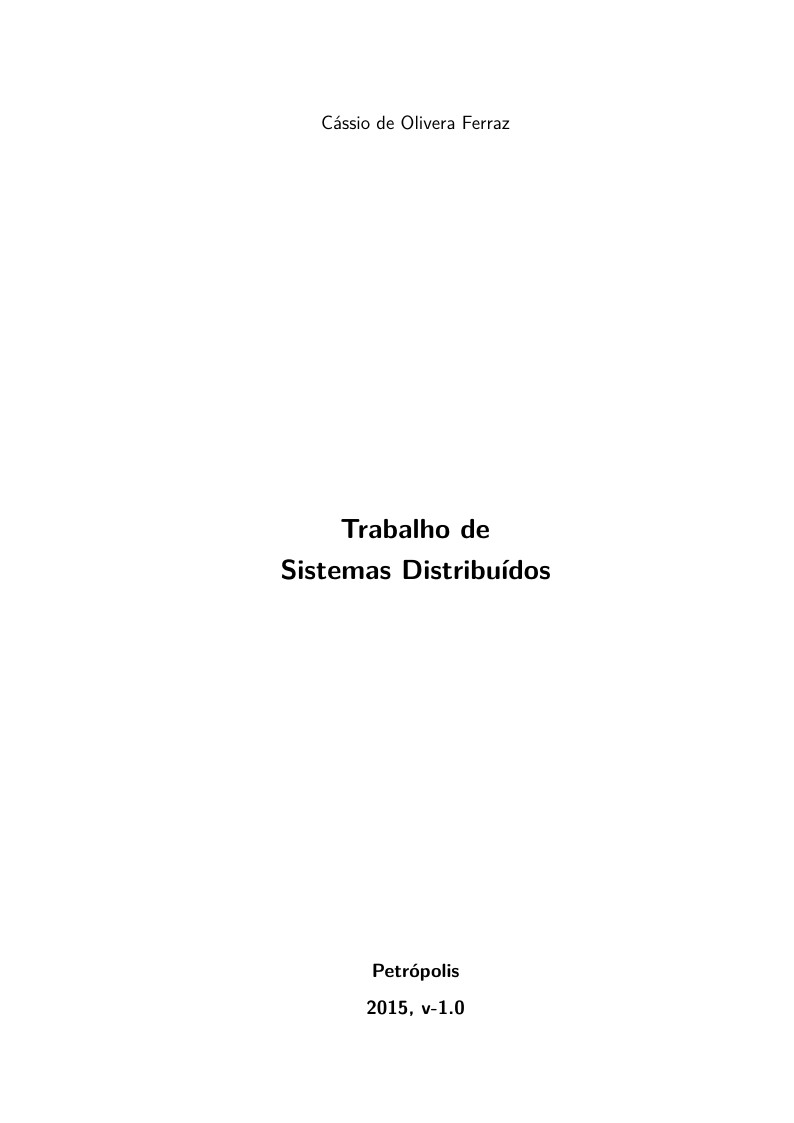
Este trabalho tem a missão de explicar alguns temas de sistemas distribuídos, estes sistemas são fundamentais para a comunicação, integração e processamento de dados via internet ou rede local. Ao longo do trabalho abordaremos os principais tópicos tais como: WebServices, Padrões de Sockets entre outros.
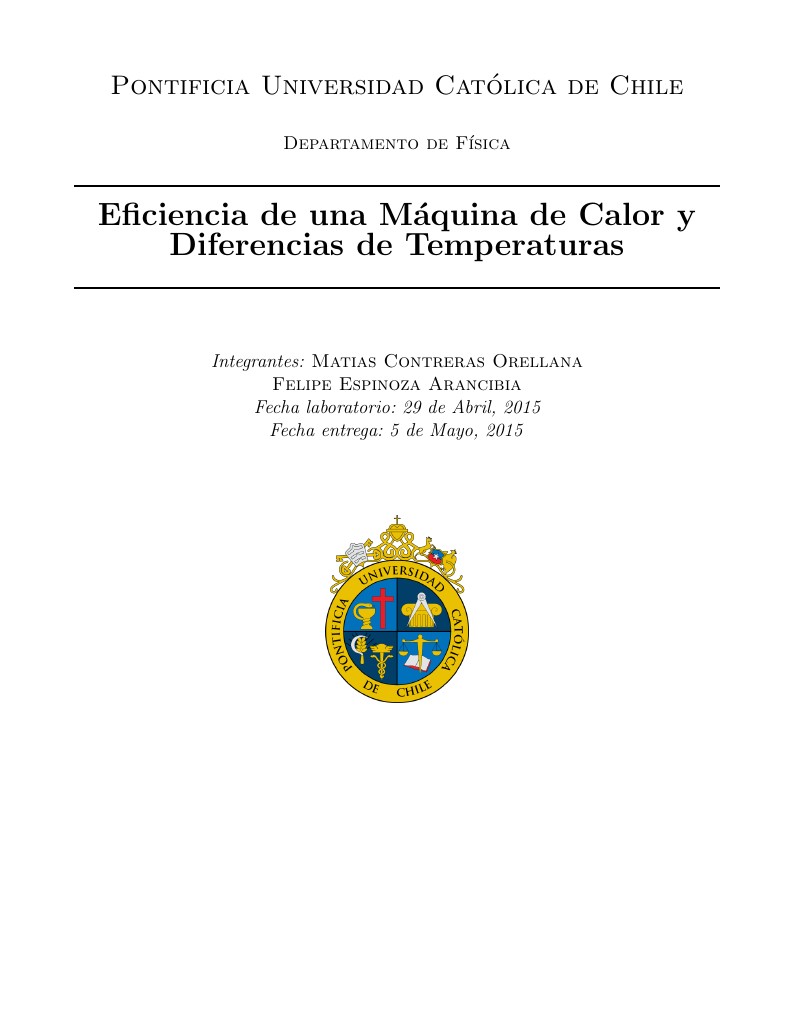
Se calculó la eficiencia real y de Carnot de un Aparato de Eficiencia Térmica (Model TD-8564).
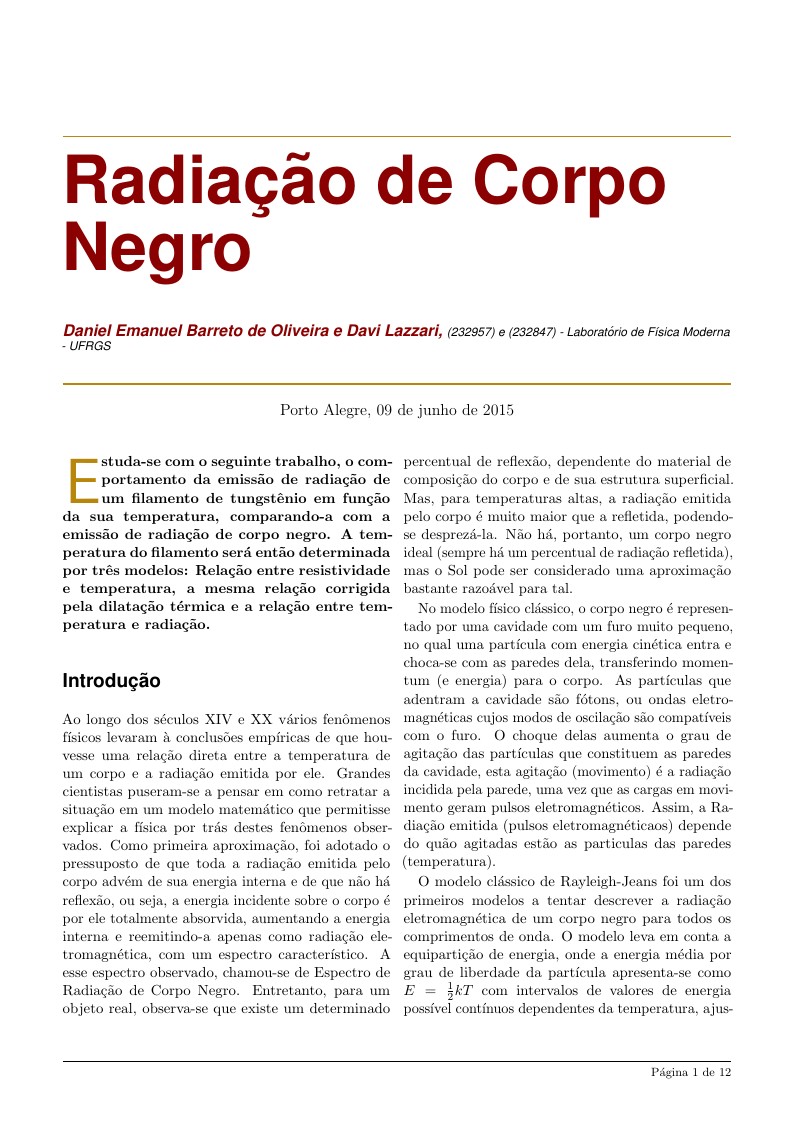
Trabalho experimental de determinação da Constante de Planck e do comportamento de Corpo Negro para um filamento de Tungstênio a partir da determinação de temperatura por resistência e por radiação eletromagnética.
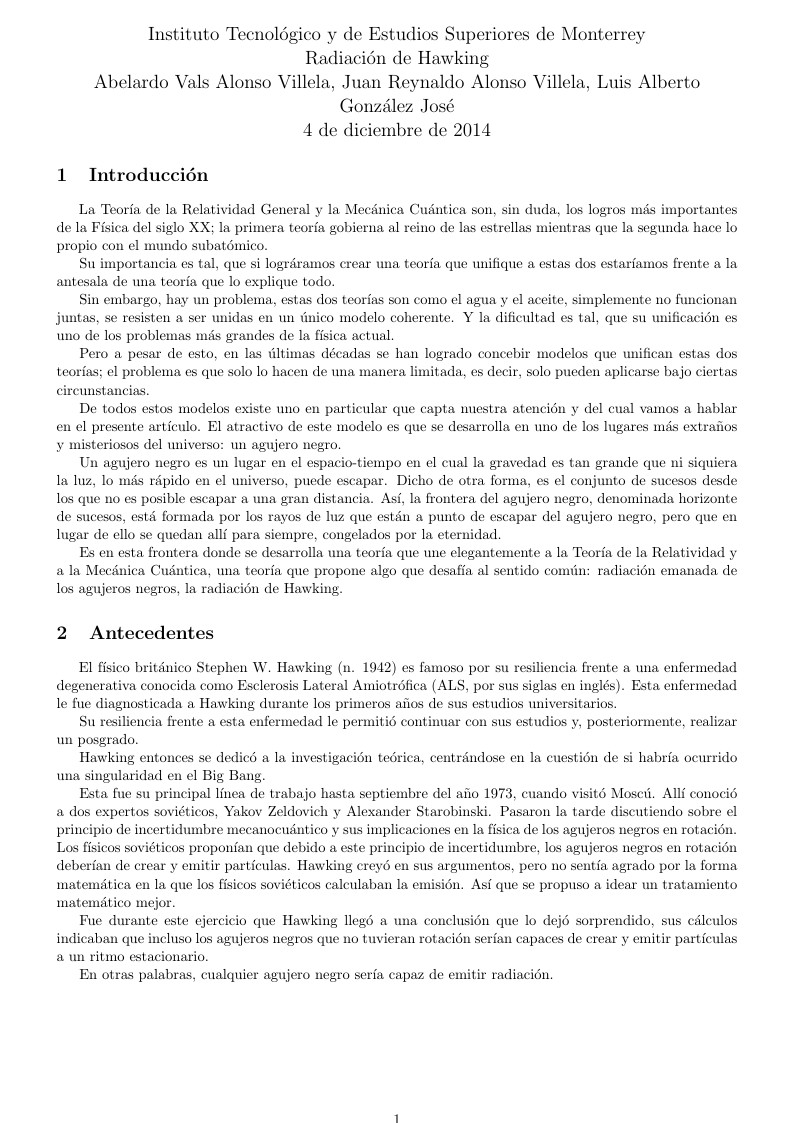
La Teoría de la Relatividad General y la Mecánica Cuántica son, sin duda, los logros más importantes de la Física del siglo XX; la primera teoría gobierna al reino de las estrellas mientras que la segunda hace lo propio con el mundo subatómico. Su importancia es tal, que si logr´aramos crear una teoría que unifique a estas dos estar´ıamos frente a la antesala de una teoría que lo explique todo. Sin embargo, hay un problema, estas dos teor´ıas son como el agua y el aceite, simplemente no funcionan juntas, se resisten a ser unidas en un único modelo coherente. Y la dificultad es tal, que su unificación es uno de los problemas más grandes de la física actual. Pero a pesar de esto, en las últimas décadas se han logrado concebir modelos que unifican estas dos teorías; el problema es que solo lo hacen de una manera limitada, es decir, solo pueden aplicarse bajo ciertas circunstancias. De todos estos modelos existe uno en particular que capta nuestra atención y del cual vamos a hablar en el presente artículo. El atractivo de este modelo es que se desarrolla en uno de los lugares más extraños y misteriosos del universo: un agujero negro. Un agujero negro es un lugar en el espacio-tiempo en el cual la gravedad es tan grande que ni siquiera la luz, lo más rápido en el universo, puede escapar. Dicho de otra forma, es el conjunto de sucesos desde los que no es posible escapar a una gran distancia. Así, la frontera del agujero negro, denominada horizonte de sucesos, está formada por los rayos de luz que están a punto de escapar del agujero negro, pero que en lugar de ello se quedan allí para siempre, congelados por la eternidad. Es en esta frontera donde se desarrolla una teoría que une elegantemente a la Teor´ıa de la Relatividad y a la Mecánica Cuántica, una teoría que propone algo que desafía al sentido común: radiación emanada de los agujeros negros, la radiación de Hawking.
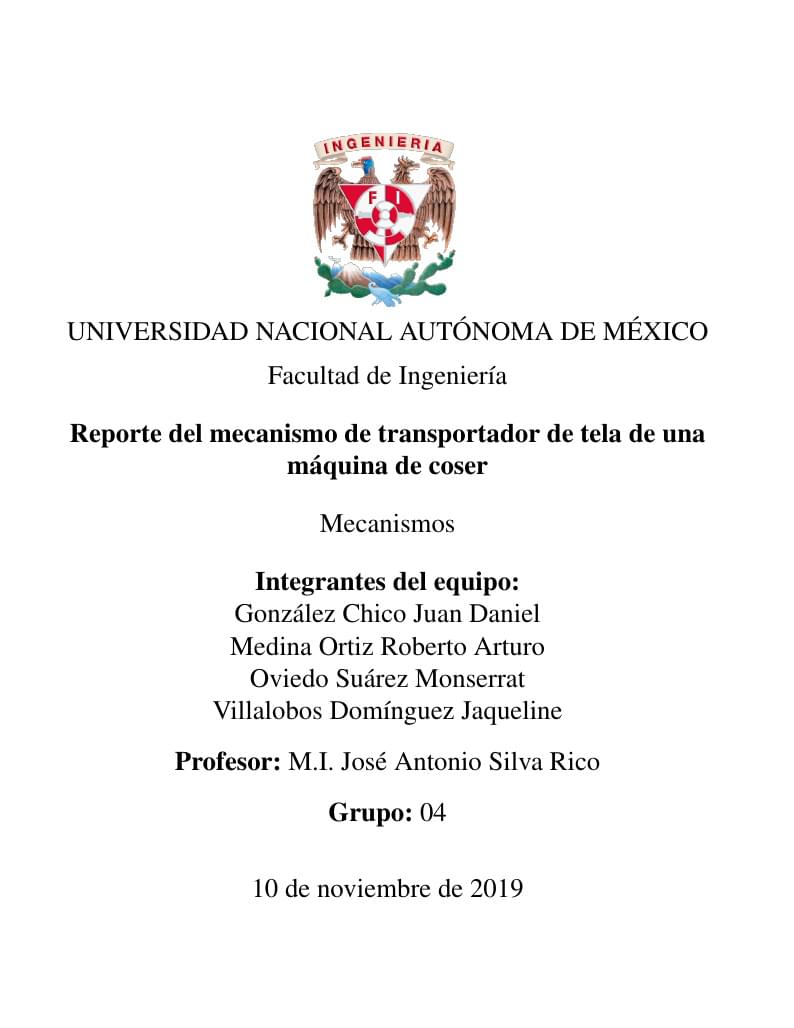
Report of the fabric conveyor mechanism of a sewing machine
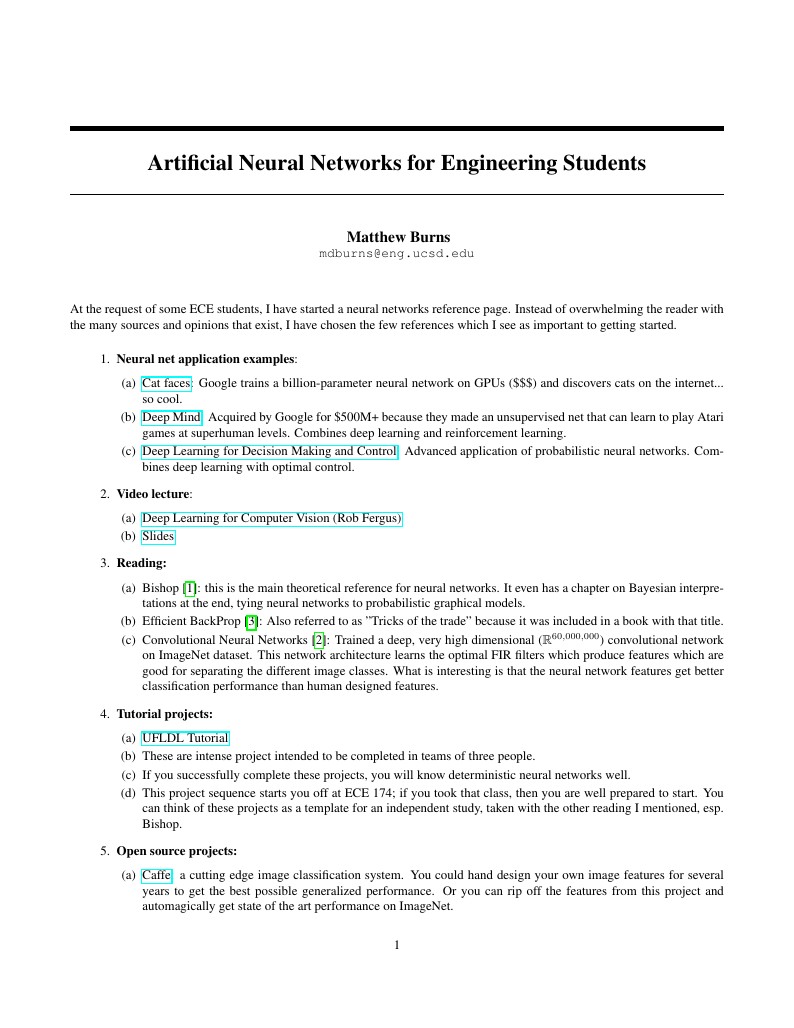
A primer to get UCSD ECE students into neural networks.
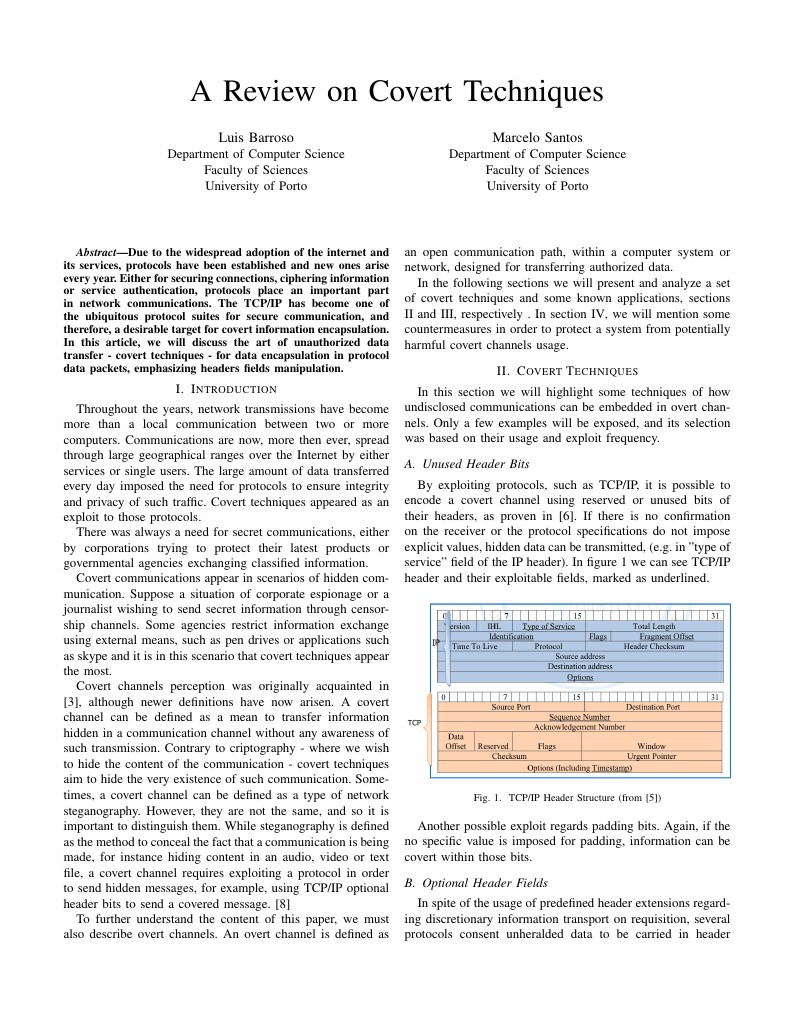
Due to the widespread adoption of the internet and its services, protocols have been established and new ones arise every year. Either for securing connections, ciphering information or service authentication, protocols place an important part in network communications. The TCP/IP has become one of the ubiquitous protocol suites for secure communication, and therefore, a desirable target for covert information encapsulation. In this article, we will discuss the art of unauthorized data transfer - covert techniques - for data encapsulation in protocol data packets, emphasizing headers fields manipulation.
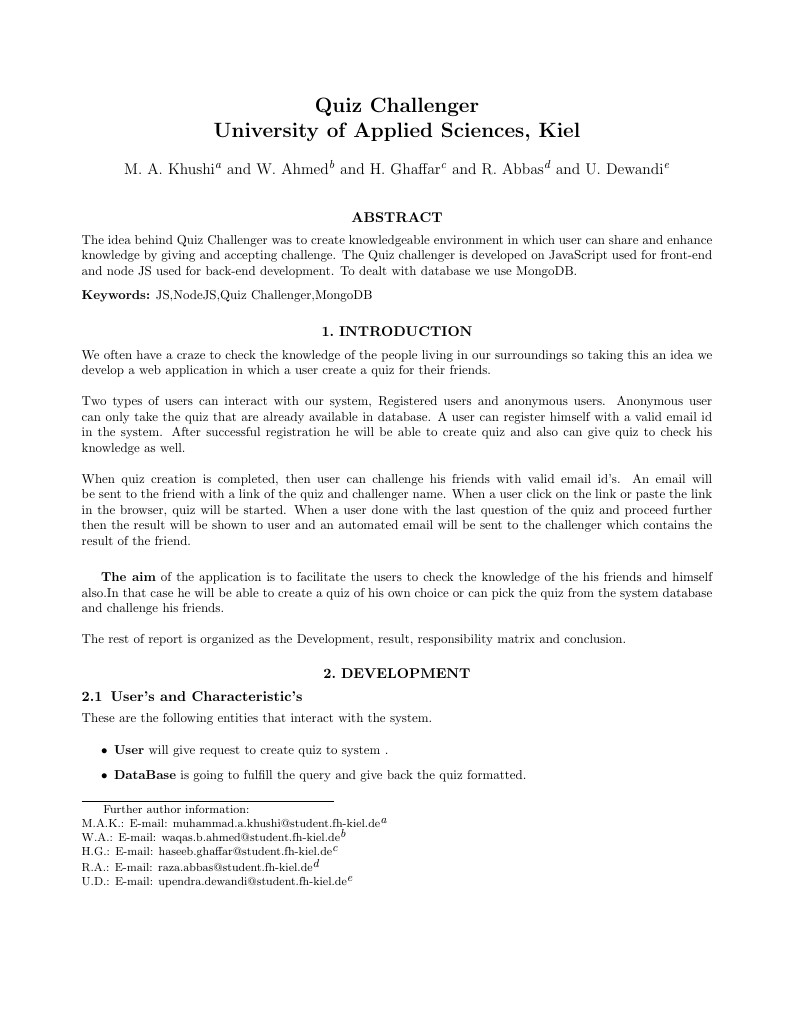
The idea behind Quiz Challenger was to create knowledgeable environment in which user can share and enhance knowledge by giving and accepting challenge. The Quiz challenger is developed on JavaScript used for front-end and node JS used for back-end development. To dealt with database we use MongoDB.
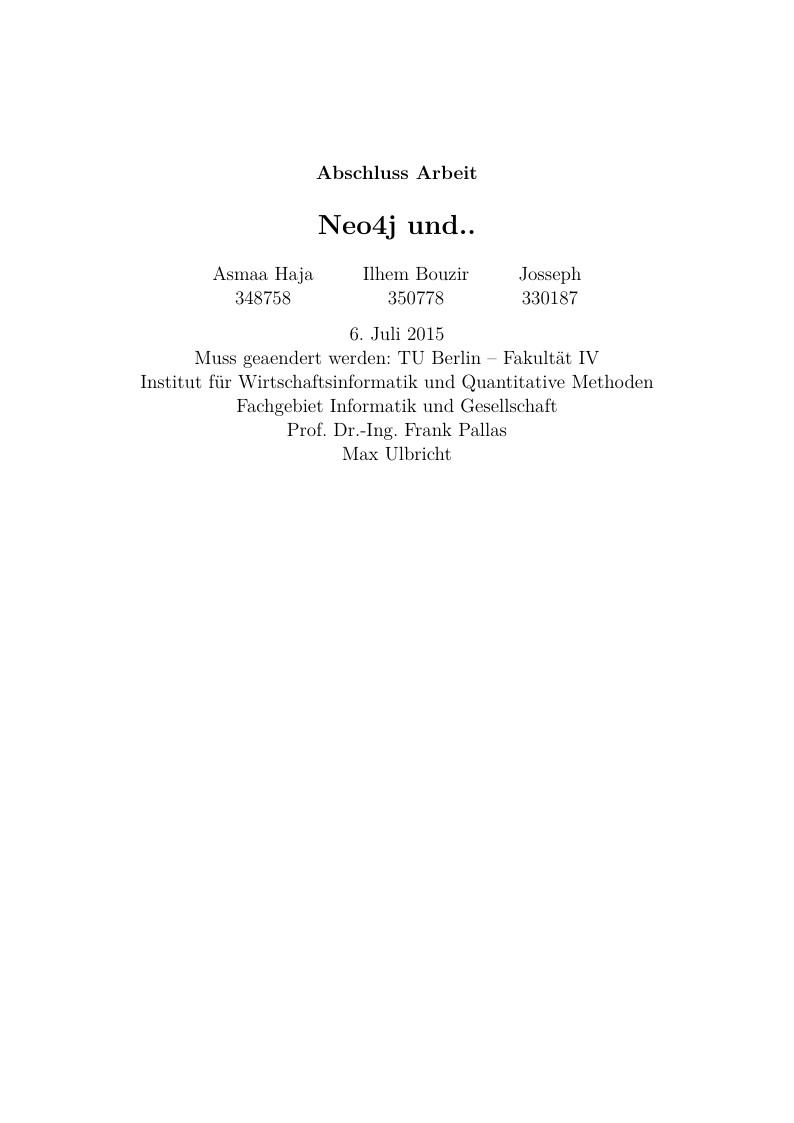
abstract+ einleitung
\begin
Discover why over 20 million people worldwide trust Overleaf with their work.